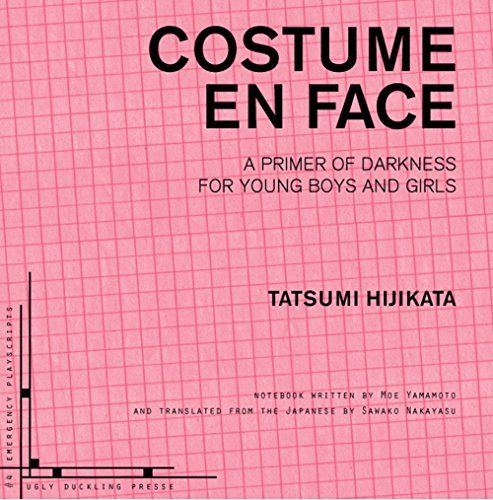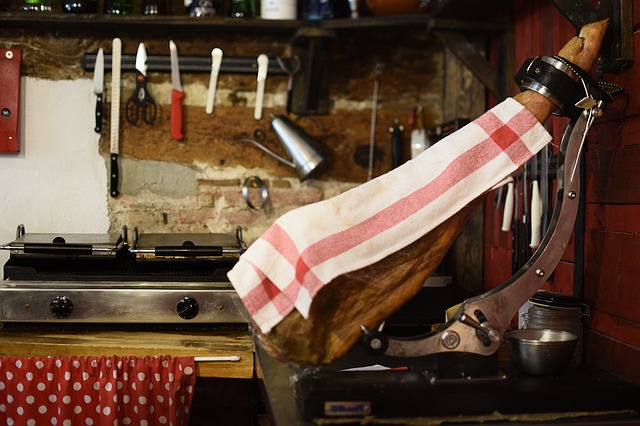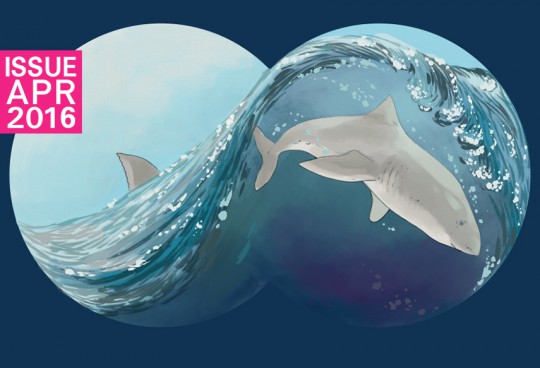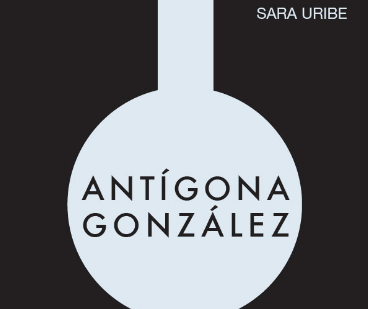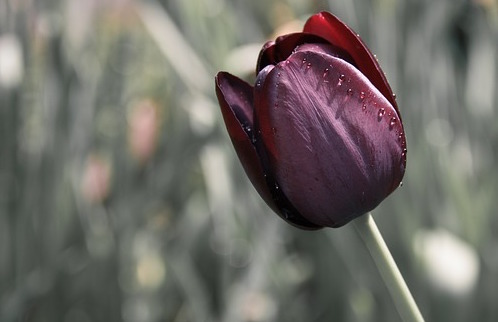This stunning translation of Tatsumi Hijikata’s Costume en Face Butoh choreography notations (transcribed by Moe Yamamoto) is the collaborative work of series editor (Yelena Gluzman, UDP), Hijikata scholars at Keio University (Takashi Morishita), the translator (Sawako Nakayasu), and the book designer (Steven Chodoriwsky). Although of course deeply relevant to scholarship on Butoh dance for English-speaking scholars, this book is a marvel of poetic elision and evocative design.
Nakayasu’s gifted compressions of Moe Yamamoto’s notes read as stage directions for a metaphysical revelation, textured by archetypal figures (from angels to Nazis), modernist paintings, and mythological figures. Her choice to include and briefly gloss specifically Japanese figures in brackets is clever and creates for a seamless experience that exposes the seams of audience. READ MORE…

